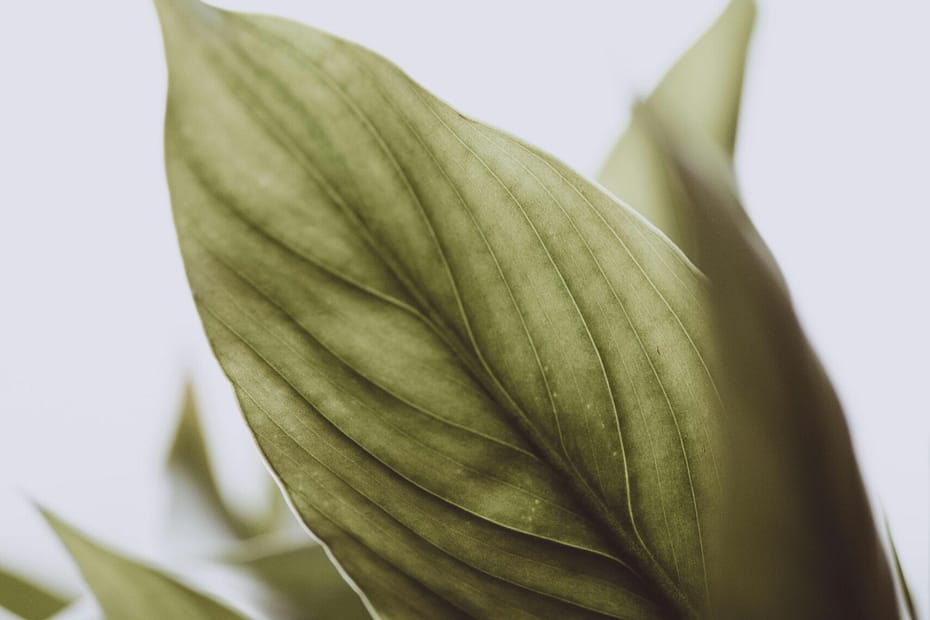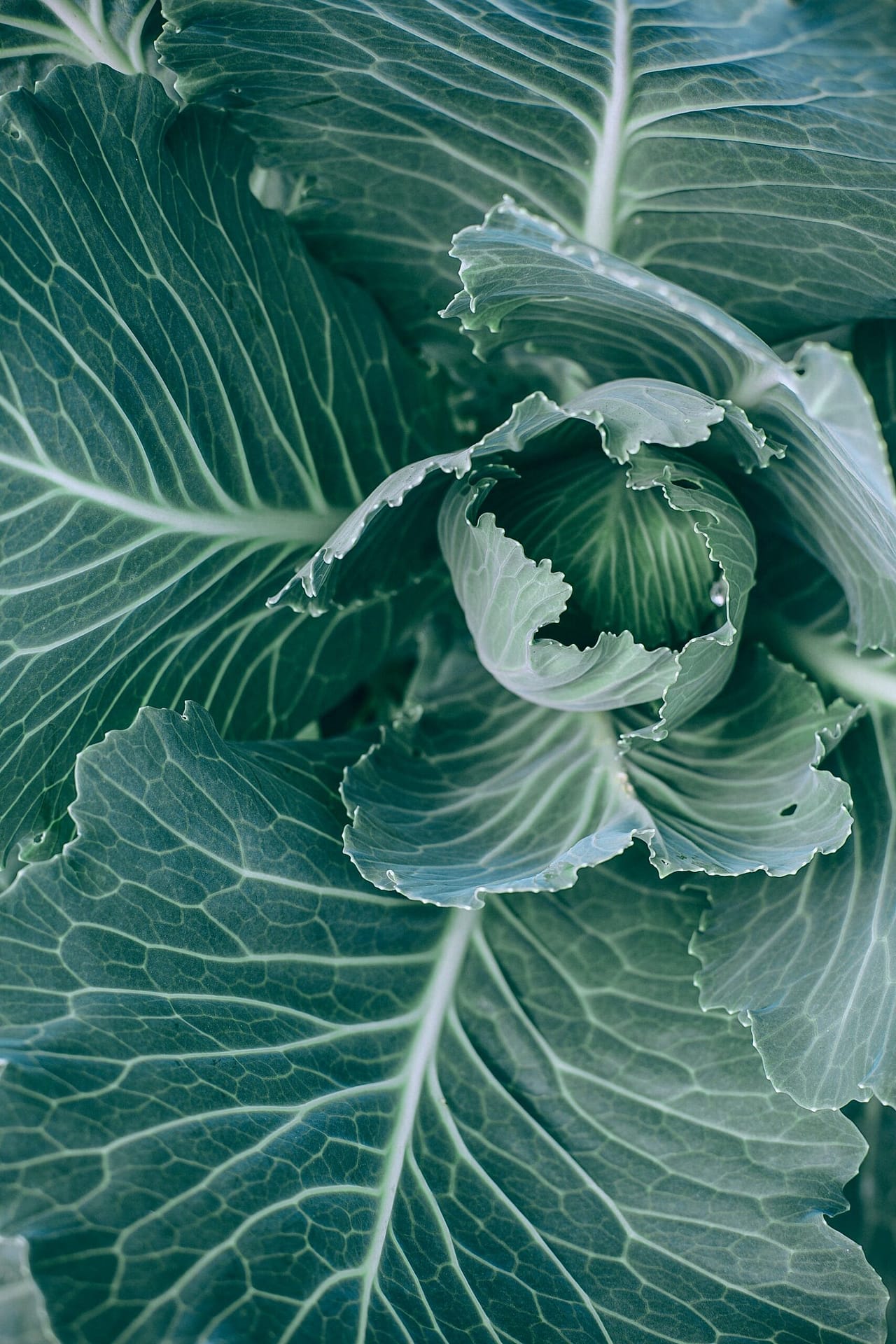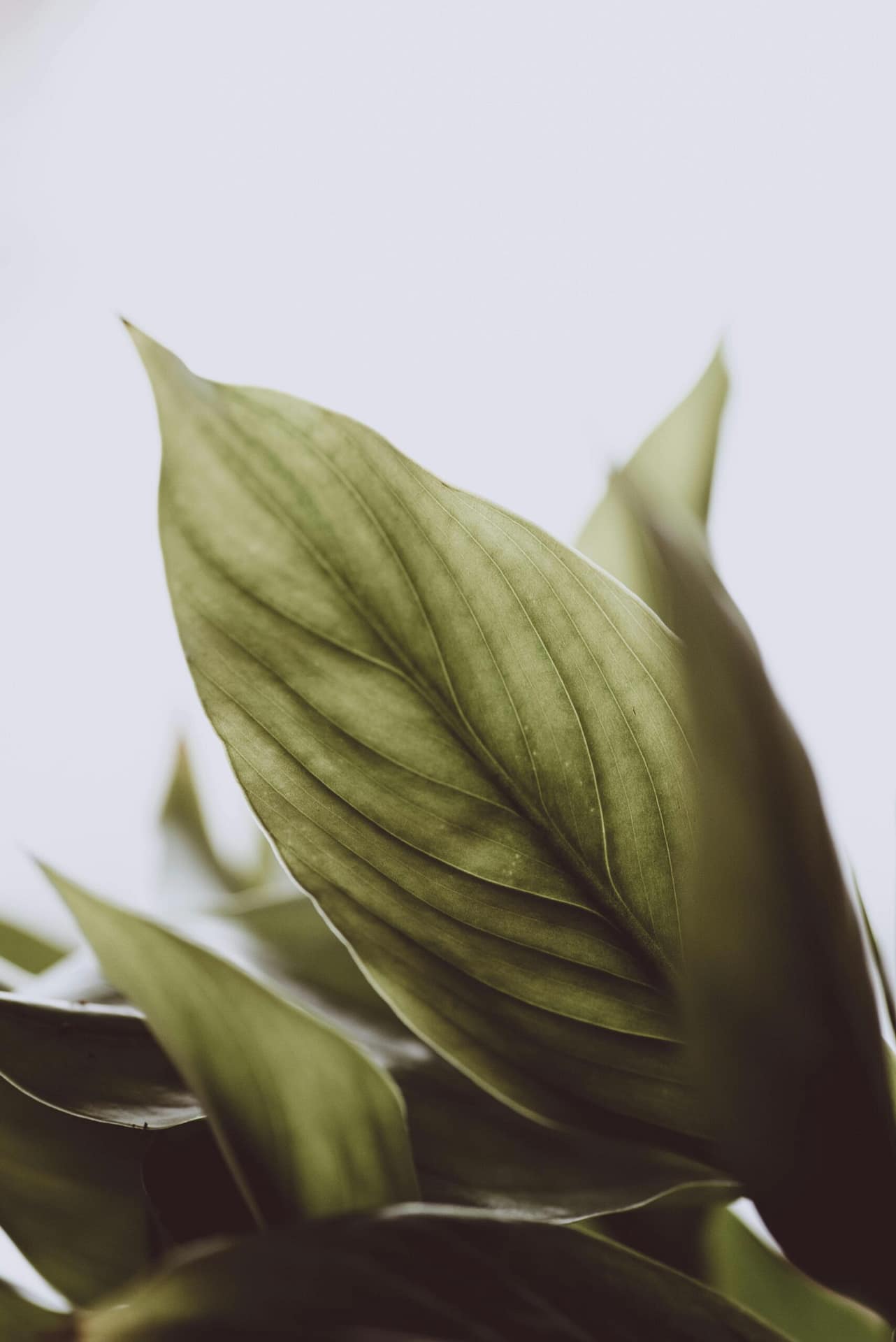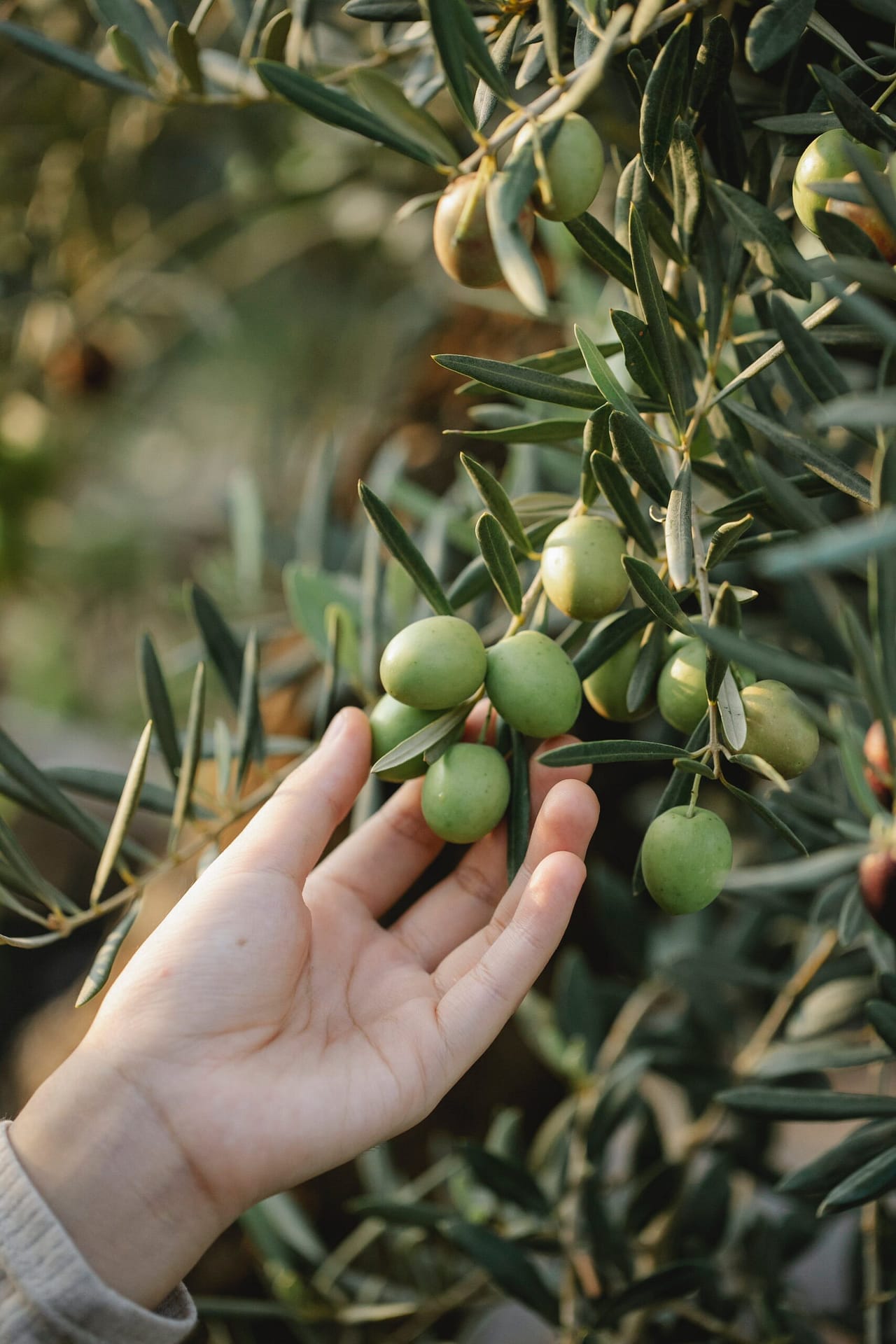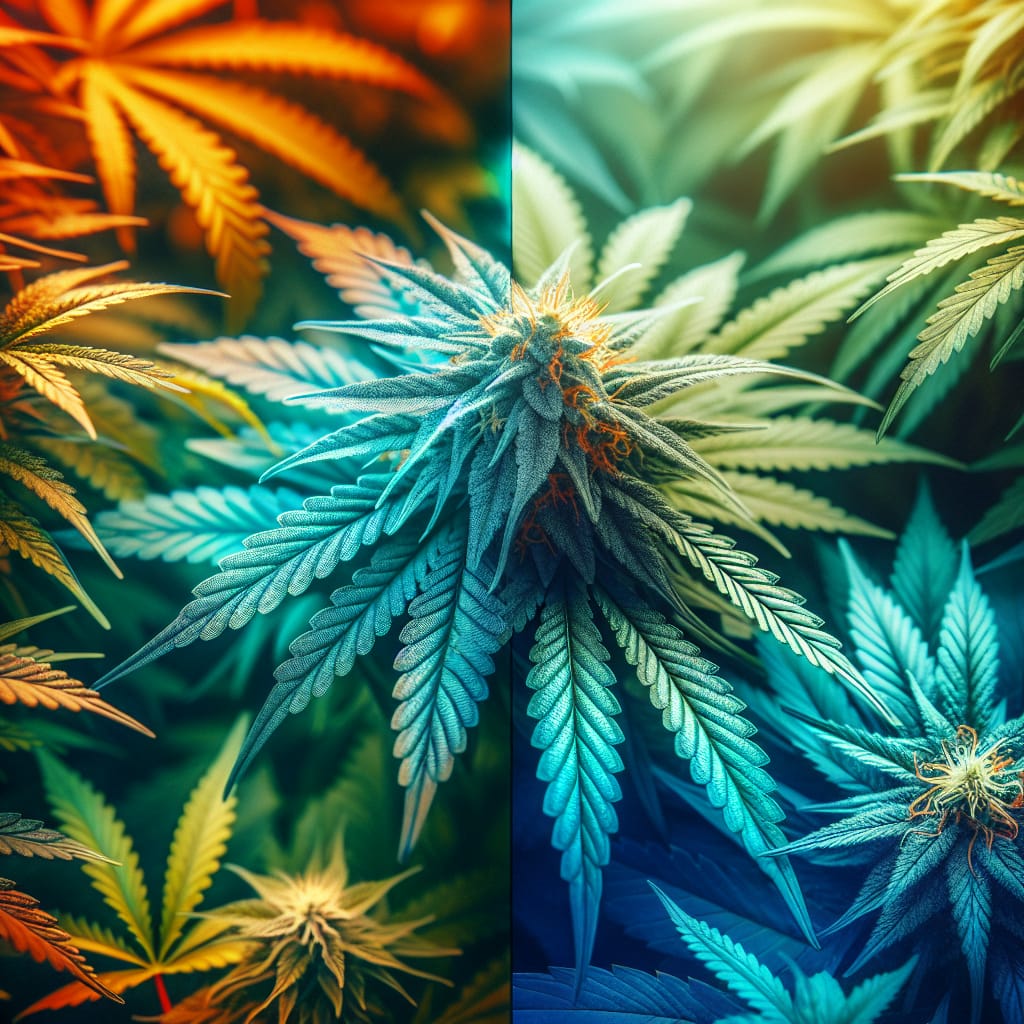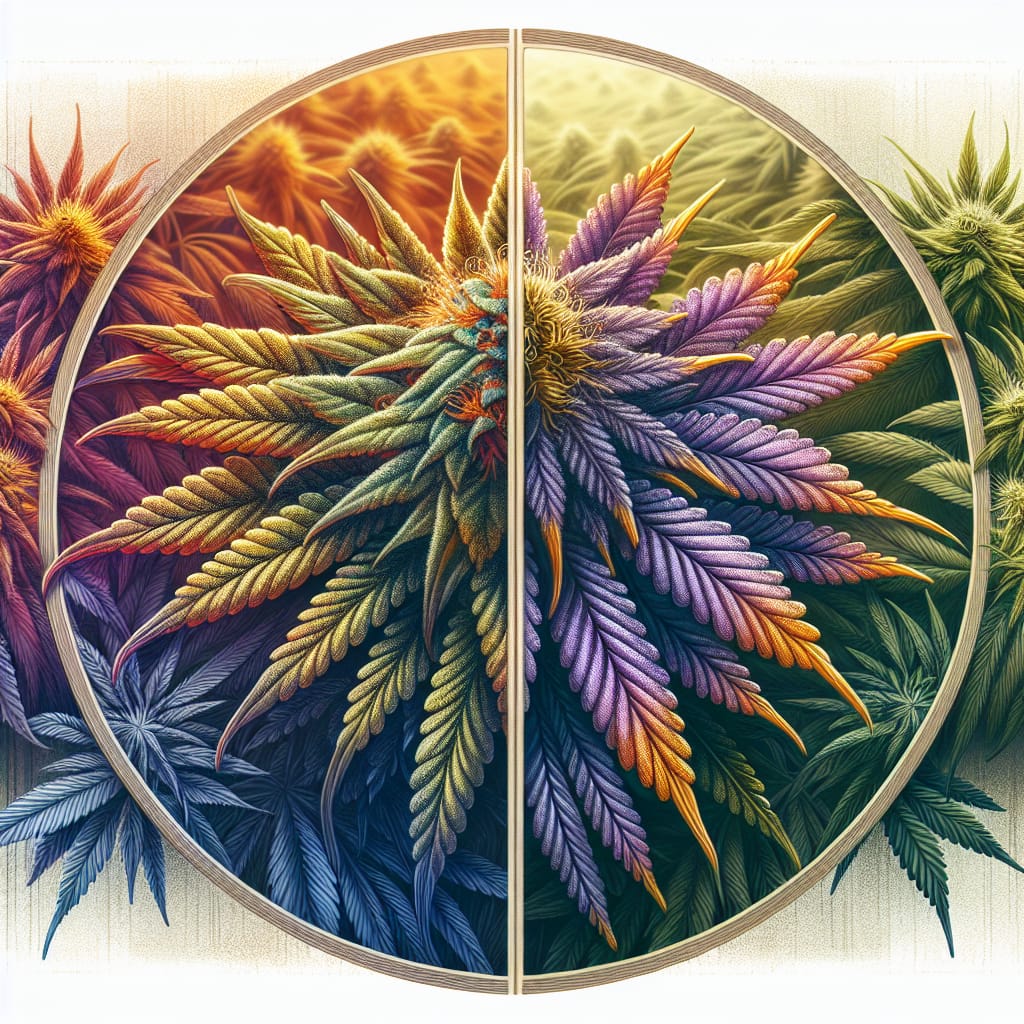So you’ve always been curious about the differences between cannabis and hemp cultivation methods? Look no further! In this article, we’ll explore the key distinctions between these two plants when it comes to how they are grown. From the cultivation techniques used to the ideal growing conditions, we’ll delve into the nuances of each process. Whether you’re a seasoned cultivator or simply have a green thumb, this article will provide you with a comprehensive overview of cannabis and hemp cultivation methods. So sit back, relax, and let’s dig into the world of cannabis and hemp farming!
Soil and Growing Conditions
Nutrient Requirements
When it comes to growing cannabis and hemp, providing the right nutrients is essential for healthy plants and high yields. Both cannabis and hemp require a balanced combination of macronutrients (such as nitrogen, phosphorus, and potassium) and micronutrients (such as calcium, magnesium, and iron) for optimal growth. Ensuring that your plants have access to these nutrients is crucial for their overall health and productivity.
pH Levels
Maintaining the right pH levels in the soil is also important for cannabis and hemp cultivation. These plants prefer slightly acidic soil, with a pH range of around 6 to 6.5. This ensures that the nutrients are readily available for absorption by the plants’ roots. Testing the pH level of your soil and making any necessary adjustments is a crucial step in providing the ideal growing conditions for your cannabis or hemp plants.
Temperature
Temperature plays a significant role in the growth and development of cannabis and hemp. Both plants thrive in a temperate climate, with optimal temperatures ranging from 70°F to 85°F during the day and slightly cooler temperatures of 60°F to 70°F at night. It is important to maintain a consistent temperature throughout the growing cycle to avoid stress or damage to the plants.
Humidity
Humidity levels are another important factor to consider when growing cannabis and hemp. These plants prefer a moderate humidity range of around 40% to 60% during the vegetative stage, while a slightly lower humidity level of 40% to 50% is preferred during the flowering stage. Maintaining proper humidity levels helps prevent issues such as mold and mildew, which can be detrimental to the plants’ health and productivity.
Planting Process
Seeds vs Clones
One of the first decisions you’ll need to make when starting your cannabis or hemp growing journey is whether to use seeds or clones. Seeds offer the advantage of genetic diversity and adaptability, allowing you to choose from a wide range of strains. On the other hand, clones are genetically identical to their parent plants, ensuring consistency. Clones also have the advantage of already being established plants, which can speed up the growing process.
Propagation Methods
There are various propagation methods to choose from when starting your cannabis or hemp plants. Cloning, as mentioned earlier, involves taking cuttings from a mature plant and rooting them to create genetically identical clones. Another method is tissue culture, which involves growing plants from small tissue samples in a laboratory setting. This method allows for the mass production of disease-free plants. Starting from seeds is another common propagation method, offering genetic diversity and adaptability.
Germination
If you choose to start from seeds, germination is an essential step in the planting process. Germination refers to the process of seeds sprouting and developing into seedlings. This can be achieved by placing the seeds in a warm, moist environment, such as between damp paper towels or in seedling trays with proper soil and moisture levels. Providing the right conditions, such as warmth and moisture, will help promote successful germination.
Transplanting
Once your cannabis or hemp plants have developed into healthy seedlings, it’s time to transplant them into their final growing containers. It is important to carefully handle the seedlings and avoid damaging the delicate roots during the transplanting process. Choosing the right size and type of container, as well as using high-quality soil, will provide the necessary support and nutrients for continued growth.
Growing Techniques
Indoor Cultivation
Indoor cultivation offers growers more control over environmental factors such as temperature, humidity, and lighting. This method allows for year-round production and enables growers to create an ideal growing environment for their cannabis or hemp plants. Indoor cultivation often involves the use of grow lights, ventilation systems, and hydroponic or soil-based growing systems. It is important to closely monitor and adjust these factors to ensure optimal growth and quality.
Outdoor Cultivation
Outdoor cultivation is a more traditional and cost-effective method of growing cannabis and hemp. It relies on natural sunlight, fresh air, and soil for plant growth. Outdoor cultivation allows for larger plant sizes and potentially higher yields due to the unlimited space available. However, it also requires careful consideration of local climate conditions, including temperature and rainfall patterns, to ensure successful growth.
Greenhouse Cultivation
Greenhouse cultivation combines the advantages of both indoor and outdoor growing methods. It provides a controlled environment, shielding the plants from harsh weather conditions while still allowing natural sunlight to reach the plants. Greenhouses can be equipped with climate control systems, irrigation systems, and supplemental lighting to optimize growing conditions. This method offers the flexibility to extend the growing season and maximize yield and quality.
Lighting
Artificial Lighting
When growing cannabis or hemp indoors, artificial lighting is a crucial component of the cultivation process. Light is necessary for photosynthesis, which enables plants to convert light energy into the sugars and energy they need to grow. LED lights, fluorescent lights, and high-pressure sodium (HPS) lights are commonly used in indoor cultivation. Each type of light has its advantages and considerations, such as energy efficiency, heat output, and light spectrum.
Natural Lighting
For outdoor cultivation, natural sunlight is the primary source of light for cannabis and hemp plants. These plants require a minimum of 10 to 12 hours of direct sunlight per day to thrive. Understanding the sun’s movement throughout the different seasons and strategically placing your plants to maximize sun exposure is crucial for achieving optimal growth. However, it is important to note that excessive heat and UV radiation from direct sunlight can also pose challenges and require proper management.
Watering and Irrigation
Water Needs
Proper watering is vital to ensure the health and productivity of your cannabis or hemp plants. While these plants require regular watering, it is important not to overwater or underwater them. Overwatering can lead to root rot and other fungal diseases, while underwatering can cause stress and nutrient deficiencies. Finding the right balance and understanding the specific water needs of your plants based on their growth stage and environmental conditions is crucial.
Irrigation Systems
Various irrigation systems can be used to efficiently deliver water to your cannabis or hemp plants. Drip irrigation, for example, provides a slow, steady flow of water directly to the plants’ root zones, minimizing water waste and evaporation. Sprinkler systems can also be used, but they may result in more water loss due to evaporation and can increase the risk of fungal diseases. Choosing the most suitable irrigation system based on your growing setup and water requirements is important for optimizing water usage.
Monitoring Soil Moisture
Regularly monitoring soil moisture levels is key to avoiding overwatering or underwatering your cannabis or hemp plants. Using moisture meters or simply feeling the soil with your fingertips can help determine when it’s time to water. Additionally, observing signs such as drooping leaves or yellowing can indicate whether your plants need more or less water. By closely observing and adjusting watering practices, you can ensure your plants receive the right amount of moisture for healthy growth.
Pest Control
Common Pests
A variety of pests can pose a threat to cannabis and hemp plants, including aphids, spider mites, whiteflies, and caterpillars. These pests can damage the leaves, stems, and buds, leading to reduced yields and compromised plant health. Regular monitoring and early detection are crucial for effective pest control.
Organic Pest Control
Many growers prefer organic pest control methods to minimize the use of chemicals in their cultivation. There are several natural and organic options available, such as beneficial insects (e.g., ladybugs to control aphids), neem oil for fungal and insect control, and homemade organic sprays. These methods help protect your plants without leaving chemical residues and often work in harmony with the plant’s natural defenses.
Chemical Pesticides
In certain situations, chemical pesticides may be necessary to control severe pest infestations. However, it is important to use these chemicals responsibly, following all safety guidelines and instructions. Be mindful of potential risks associated with chemical pesticides and consider these options as a last resort when other methods have failed or the infestation is threatening the entire crop.
Harvesting and Drying
Optimal Harvest Time
Knowing the right time to harvest your cannabis or hemp plants is crucial for achieving the desired potency and quality. Harvest time varies depending on the strain and intended use. Generally, cannabis plants are ready for harvest when the trichomes (resin glands) on the buds turn from clear to milky and amber. Hemp plants, on the other hand, are typically harvested when the seeds are fully mature and the plant reaches peak CBD production.
Trimming
After harvesting, trimming is the process of removing any unwanted leaves and stems from the buds. Trimming helps improve the appearance and manicured look of the final product. It also removes excess plant material that may affect the taste and smoothness of the smoke. Trimming can be done by hand or using trimming machines, depending on the scale of your operation.
Curing and Drying
After trimming, proper curing and drying are essential steps in maximizing the flavor, potency, and overall quality of your cannabis or hemp. Curing involves drying the buds slowly in a controlled environment while maintaining optimal humidity levels. This process allows the compounds within the plant to develop and mature, resulting in a smoother and more enjoyable smoking or vaping experience.
Storage
Once your cannabis or hemp plants have been harvested, dried, and cured, it’s important to store them properly to maintain their freshness and potency. Storing in airtight containers, such as glass jars, helps preserve the flavors and aromas while protecting against moisture and light degradation. Additionally, keeping the containers in a cool, dark place will further prolong the shelf life of your harvested product.
Yield and Quality
Yield per Plant
The yield per cannabis or hemp plant can vary depending on several factors, including genetics, growing techniques, environmental conditions, and cultivation practices. Indoor cultivation tends to produce smaller yields per plant compared to outdoor or greenhouse cultivation, where plants have more space and access to natural sunlight. Strain selection and proper care throughout the growing cycle also play a significant role in determining the final yield.
THC and CBD Levels
THC (tetrahydrocannabinol) and CBD (cannabidiol) are two primary cannabinoids found in cannabis and hemp plants, with different effects and potential uses. The levels of THC and CBD in the final product can vary depending on the strain, genetics, and growing conditions. Through careful strain selection and cultivation practices, growers can optimize the THC and CBD levels to meet specific market demands and consumer preferences.
Terpenes
Terpenes are aromatic compounds found in cannabis and hemp that contribute to the distinct flavors and aromas of different strains. These compounds also play a role in the entourage effect, where the synergistic interaction between cannabinoids and terpenes enhances the overall therapeutic potential of the plant. By understanding the cultivation techniques that impact terpene production, growers can enhance the sensory experience and medicinal qualities of their cannabis or hemp.
Legal Considerations
Legal Restrictions
Before embarking on cannabis or hemp cultivation, it is important to understand the legal restrictions and regulations in your jurisdiction. Cannabis and hemp laws vary significantly from country to country and even within states or provinces. Compliance with licensing, cultivation limits, zoning regulations, and other legal requirements is essential to avoid potential legal complications and ensure a smooth and lawful operation.
Licensing and Permits
To legally cultivate cannabis or hemp, most jurisdictions require obtaining the necessary licenses and permits. These licenses often involve a thorough application process, background checks, and compliance with specific regulations. It is important to research and understand the licensing requirements in your area and work closely with regulatory agencies to ensure compliance and avoid any legal issues.
Environmental Impact
Sustainability Practices
As cannabis and hemp cultivation become more prevalent, it is crucial to prioritize sustainable practices to minimize the industry’s environmental impact. Implementing energy-efficient lighting systems, water recycling and conservation methods, and organic growing practices can help reduce the carbon footprint of cultivation operations. Additionally, sustainable packaging options and waste management strategies contribute to a more environmentally conscious approach.
Water Consumption
Water consumption in cannabis and hemp cultivation can be significant, particularly in regions with limited water resources. Implementing efficient irrigation systems, such as drip irrigation, and using water-saving techniques like mulching and water retention additives can help optimize water usage. Regular monitoring of soil moisture levels and careful scheduling of watering can also prevent unnecessary water waste.
Energy Usage
Indoor cultivation, in particular, can have high energy demands due to the use of artificial lighting, ventilation systems, and other equipment. To minimize energy usage, growers can opt for energy-efficient lighting technologies, implement timed light cycles, use reflective materials to maximize light distribution, and utilize energy management systems. Incorporating renewable energy sources, such as solar panels, can further reduce the carbon footprint and dependency on the grid.
In conclusion, successful cannabis and hemp cultivation requires careful consideration of various factors such as nutrient requirements, pH levels, temperature, humidity, and lighting. The planting process, including the choice between seeds or clones, propagation methods, germination, and transplanting, sets the foundation for healthy plant growth. Different growing techniques, such as indoor, outdoor, or greenhouse cultivation, each have their advantages and considerations. Lighting, irrigation, pest control, harvesting, drying, yield, quality, legal considerations, and environmental impact are all integral aspects of the cultivation process. By understanding and implementing best practices, growers can achieve optimal results and contribute to a sustainable and thriving cannabis and hemp industry.
